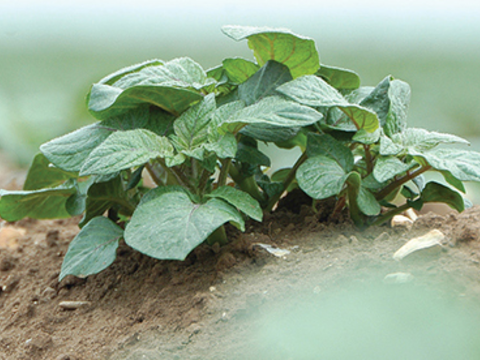Why rotate fungicide groups?
Resistance management. It’s a term we hear all the time in the horticultural sector and with good reason. The goal is straightforward – to preserve the fungicide choices currently available for disease control well into the future.
Cynthia Christie, Technical Manager for Syngenta NZ, explains: “In any fungal population there are likely to be some individual isolates that have a degree of natural resistance and are less susceptible to certain fungicide active ingredients.
“The continual use of a fungicide, or fungicides, from the same Mode of Action (MoA) group, enables these resistant isolates to dominate the fungal population. This renders that fungicide group ineffective against the target disease (refer to diagram 1).”

Any pathogenic fungi could develop resistance to a fungicide group over time, thus nullifying the fungicide’s potency and control of that disease.
“There are many instances throughout the world, including New Zealand, where the misuse and overuse of products has seen fungal pathogens develop resistance to some products.”
The Fungicide Resistance Action Committee (FRAC) is charged with developing effective resistance management strategies for all fungicide active ingredients used in agriculture. FRAC have classified all fungicide active ingredients into various Mode of Action (MOA) groups, each of which is assigned a different group number. This allows growers to recognise which group a product belongs to.
For easy reference, the MOA group number for a product is always stated on the front of the product label for easy reference which helps make it easier for growers to follow resistance management strategies for that crop and disease.
“Growers who follow the FRAC fungicide resistance management strategies, as per the product label, will reduce the risk of resistant isolates surviving and multiplying in the population and help ensure the range of products that are currently available are here for the long-term.”
“It’s worth noting that the NZ Committee on Pesticide resistance, in consultation with some industry bodies, have modified the FRAC strategy to accommodate NZ risk factors.”
Paul Hassan, Technical Services Lead at Syngenta Crop Protection, says Syngenta works with organisations such as Plant and Food Research to conduct fungicide sensitivity testing for diseases like Early blight (Alternaria solani) in potatoes.
“By following the fungicide resistance management recommendations, growers can help ensure that currently available fungicides remain effective against target diseases for the long-term.”
For more information please connect with your local Syngenta Territory Sales Manager.




